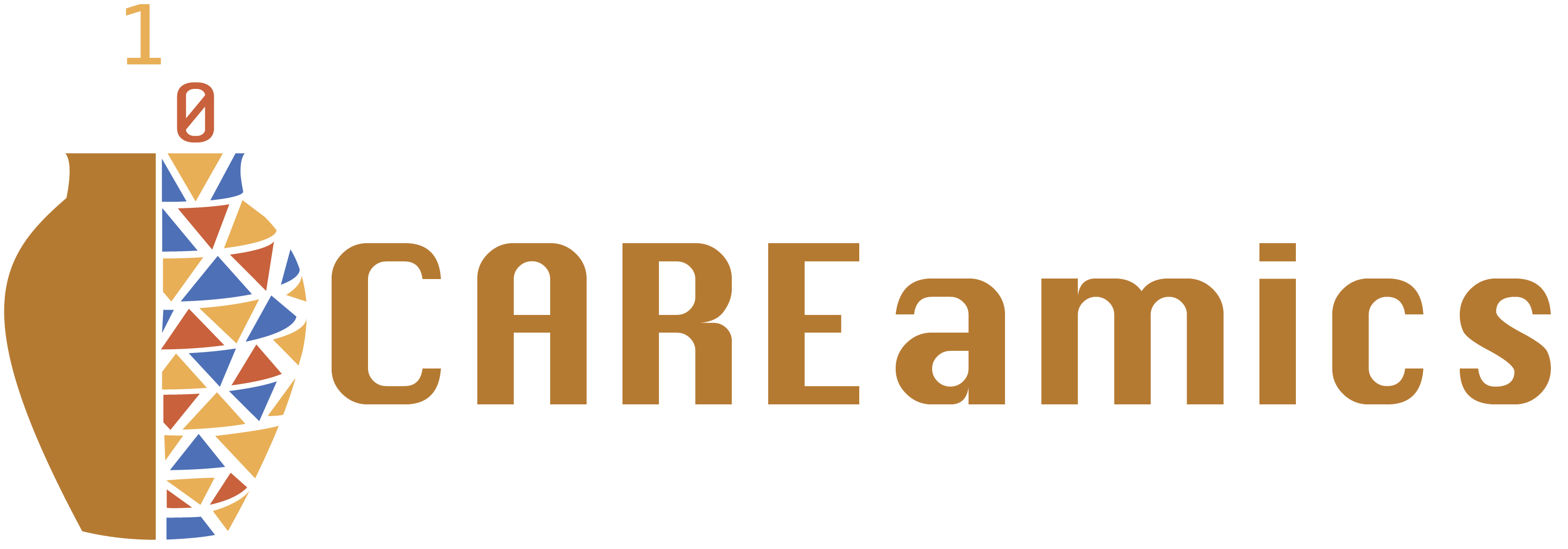---------------------------------------------------------------------------
AssertionError Traceback (most recent call last)
Cell In[9], line 1
----> 1 engine.save_as_bioimage(engine.cfg.experiment_name + "bioimage.zip")
File [~/projects/caremics/src/careamics_restoration/engine.py:762](https://vscode-remote+ssh-002dremote-002bvdi.vscode-resource.vscode-cdn.net/home/igor.zubarev/projects/caremics/examples/3D/~/projects/caremics/src/careamics_restoration/engine.py:762), in Engine.save_as_bioimage(self, output_zip, model_specs)
759 specs = self._generate_rdf(model_specs)
761 # Build model
--> 762 raw_model = build_zip_model(
763 path=output_zip,
764 config=self.cfg,
765 model_specs=specs,
766 )
768 return raw_model
769 else:
File [~/projects/caremics/src/careamics_restoration/bioimage/io.py:166](https://vscode-remote+ssh-002dremote-002bvdi.vscode-resource.vscode-cdn.net/home/igor.zubarev/projects/caremics/examples/3D/~/projects/caremics/src/careamics_restoration/bioimage/io.py:166), in build_zip_model(path, config, model_specs)
163 model_specs["tags"].append("2D")
165 # build model zip
--> 166 raw_model = build_model(
167 output_path=Path(path).absolute(),
168 **model_specs,
169 )
171 # remove the temporary files
172 weight_path.unlink()
File [/localfast/mambaforge/envs/cmcs_lf/lib/python3.11/site-packages/bioimageio/core/build_spec/build_model.py:802](https://vscode-remote+ssh-002dremote-002bvdi.vscode-resource.vscode-cdn.net/localfast/mambaforge/envs/cmcs_lf/lib/python3.11/site-packages/bioimageio/core/build_spec/build_model.py:802), in build_model(weight_uri, test_inputs, test_outputs, input_axes, output_axes, name, description, authors, tags, documentation, cite, output_path, architecture, model_kwargs, weight_type, sample_inputs, sample_outputs, input_names, input_step, input_min_shape, input_data_range, output_names, output_reference, output_scale, output_offset, output_data_range, halo, preprocessing, postprocessing, pixel_sizes, maintainers, license, covers, git_repo, attachments, packaged_by, run_mode, parent, config, dependencies, links, training_data, root, add_deepimagej_config, tensorflow_version, opset_version, pytorch_version, weight_attachments)
800 documentation = _ensure_local(documentation, root)
801 if covers is None:
--> 802 covers = _generate_covers(root [/](https://vscode-remote+ssh-002dremote-002bvdi.vscode-resource.vscode-cdn.net/) test_inputs[0], root [/](https://vscode-remote+ssh-002dremote-002bvdi.vscode-resource.vscode-cdn.net/) test_outputs[0], input_axes[0], output_axes[0], root)
803 else:
804 covers = _ensure_local(covers, root)
File [/localfast/mambaforge/envs/cmcs_lf/lib/python3.11/site-packages/bioimageio/core/build_spec/build_model.py:499](https://vscode-remote+ssh-002dremote-002bvdi.vscode-resource.vscode-cdn.net/localfast/mambaforge/envs/cmcs_lf/lib/python3.11/site-packages/bioimageio/core/build_spec/build_model.py:499), in _generate_covers(in_path, out_path, input_axes, output_axes, root)
496 cover_path = os.path.join(root, "cover.png")
497 input_, output = np.load(in_path), np.load(out_path)
--> 499 input_ = to_image(input_, input_axes)
500 # this is not image data so we only save the input image
501 if output.ndim < 4:
File [/localfast/mambaforge/envs/cmcs_lf/lib/python3.11/site-packages/bioimageio/core/build_spec/build_model.py:479](https://vscode-remote+ssh-002dremote-002bvdi.vscode-resource.vscode-cdn.net/localfast/mambaforge/envs/cmcs_lf/lib/python3.11/site-packages/bioimageio/core/build_spec/build_model.py:479), in _generate_covers..to_image(data, data_axes)
477 # transpose the data to "bczyx" [/](https://vscode-remote+ssh-002dremote-002bvdi.vscode-resource.vscode-cdn.net/) "bcyx" order
478 axes = "bczyx" if data.ndim == 5 else "bcyx"
--> 479 assert set(data_axes) == set(axes)
480 if axes != data_axes:
481 ax_permutation = tuple(data_axes.index(ax) for ax in axes)
AssertionError:






